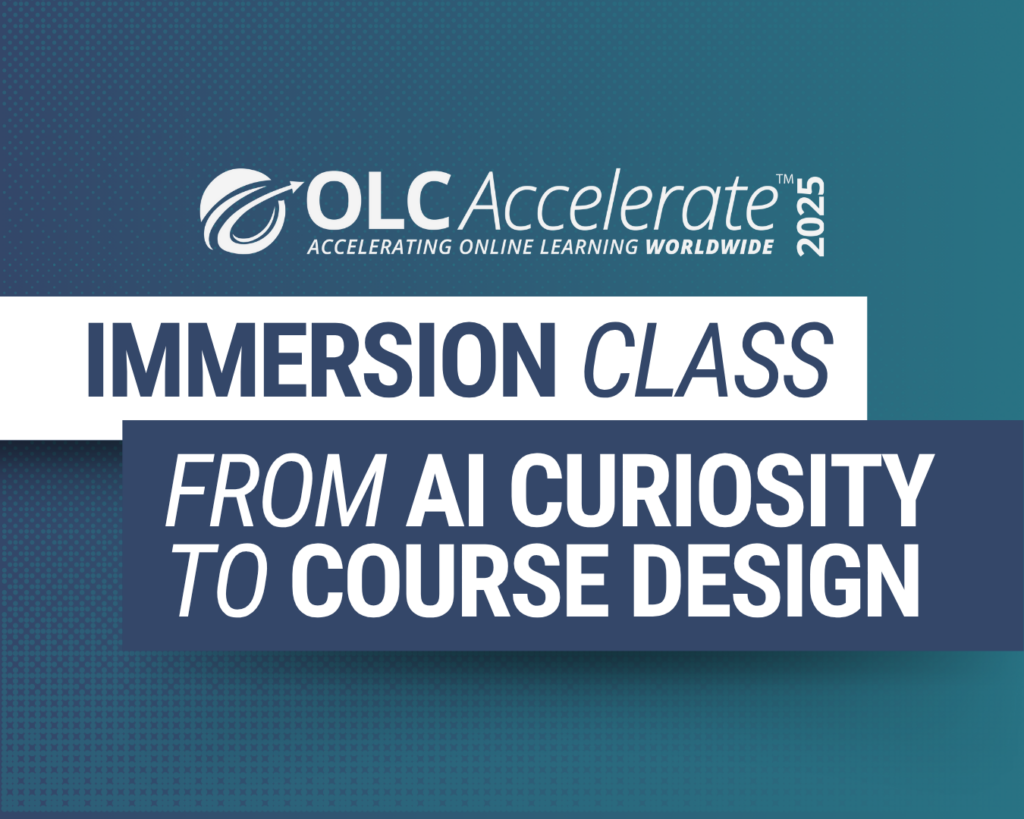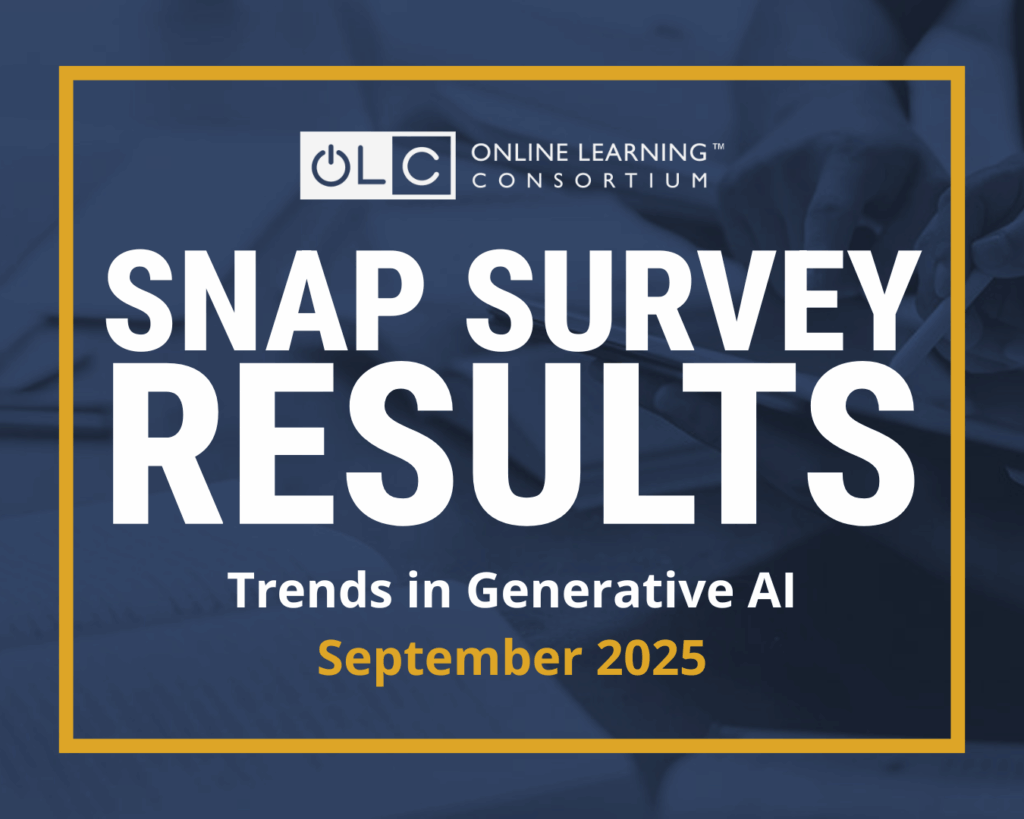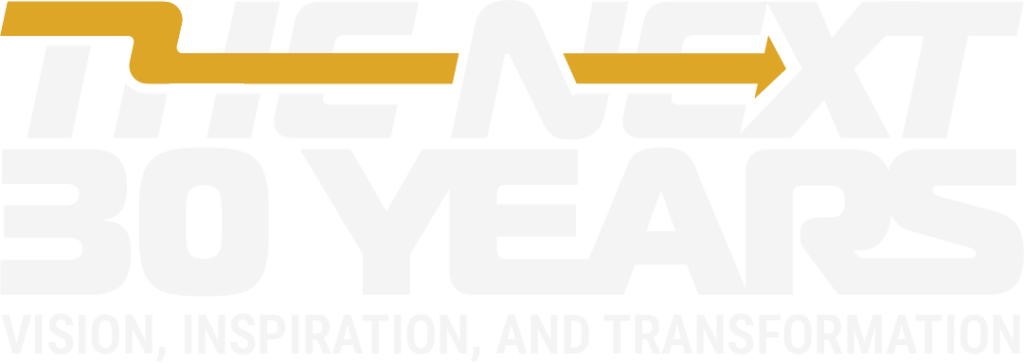How do we keep students engaged when they’re not in the physical or virtual (synchronous online) classroom, especially those who never intended to be asynchronous learners in the first place?
Why Student Engagement Needs A “Rethink”
As online and hybrid learning becomes more deeply embedded in higher education, more of our students find themselves in situations where synchronous attendance just isn’t feasible. These “Accidental Asynchronous Learners” may be students balancing jobs, family responsibilities, time zone differences, or travel and often miss out on the rich discussions, feedback, and energy that live sessions can provide. Without intentional design strategies, asynchronous participation can quickly become a second-tier experience. For fully asynchronous courses, we know that designing for and facilitating student engagement is a common and significant challenge for many faculty and designers.
Solving some of the challenges of student engagement in the online learning space is where generative AI, and specifically, custom GPTs, comes in to help.
Many of us are already experimenting with ChatGPT and similar tools to support our teaching or streamline our prep work. But what if these tools could do more than assist instructors? What if they could actively engage students, serving as interactive guides, conversation partners, study coaches, or peer reviewers?
Custom GPTs in Action
In our upcoming Immersion Class at OLC Accelerate 2025, Empowering Educators: Enhancing Student Engagement in HyFlex and Online Courses with Custom GPTs, we’ll explore exactly that. This three-hour, hands-on pre-conference workshop is designed to help educators dive deep into the practical, pedagogical, and ethical dimensions of using custom GPTs to support student learning.
We’ll go well beyond “what is a GPT?” to show how these tools can be integrated into course design in meaningful, inclusive, and sustainable ways.
Decades ago, Michael Moore introduced the idea of transactional distance, a psychological and communication gap that can form between learners and instructors in distance education. When students feel disconnected, motivation, satisfaction, and learning outcomes often decline. Today’s hybrid and HyFlex models have the potential to reduce transactional distance by offering flexible learning pathways. But only if they’re designed with equity and engagement in mind.
When students shift to asynchronous participation, whether occasionally or consistently, they risk missing out on the peer interactions, instructor presence, and feedback loops that support learning. AI-powered tools, thoughtfully designed, can help recreate some of that missing interaction. And because custom GPTs are responsive, always available, and easily tailored, they offer a new layer of personalization and support.
Immersive Yourself! Build, Test, and Transform With Us
This isn’t a sit-and-listen session. It’s a working session where you’ll:
- Explore several pre-built GPTs designed for student use, including tools for study planning, peer review, content exploration, and more.
- Analyze how these tools are constructed, including prompt engineering techniques and decision-tree logic that control GPT behavior.
- Design and build your own GPT from scratch using the OpenAI platform (don’t worry, we’ll guide you through the process).
- Test and refine your GPTs with feedback from fellow participants and facilitators.
- Discuss ethical considerations, equity implications, and strategies for integrating AI into your courses in ways that support all learners.
AI in education is moving fast. Faculty are exploring, students are experimenting, and institutions are drafting policy in real time. While it’s tempting to wait until the dust settles, that might mean missing out on real opportunities to shape the conversation and improve our practice now.
What makes custom GPTs so compelling is their flexibility. You don’t need to code. You don’t need an instructional design team. You don’t need to overhaul your course. You just need to think creatively about what kinds of learning interactions you want to support, and how an AI tool might help make that happen for every student, no matter when or how they engage.
Here are just a few of the existing tools (all currently available in the OpenAI GPT store) we’ll demo and dissect in the session:
- Course Syllabus Explorer – Helps students understand course expectations and plan ahead.
- Study Planner – Creates a personalized study plan based on upcoming assignments and available time.
- Breakout Companion – Simulates a group discussion experience for asynchronous learners.
- Quiz Me! – Offers AI-powered review questions based on uploaded content.
- Peer Review Partner – Supports critical thinking and writing by modeling peer feedback.
Each of these GPTs was created with a specific teaching challenge in mind, and each is ready to be reused, adapted, or rebuilt from the ground up with your own content.
This session is for anyone who wants to go beyond the AI hype and start building tools that support real learning. Whether you’re curious about prompt design, interested in student-facing AI tools, or already building your own custom GPTs, you’ll find something valuable here.
If you teach online or hybrid courses, support faculty development, or design instructional content, this session will equip you with concrete strategies and hands-on experience to bring back to your campus or program.
Join us at OLC Accelerate 2025 for this extended pre-conference Immersion Class and leave with your own GPT, ready to use, share, or expand. Let’s explore how we can make learning more interactive, more inclusive, and more engaging, one conversation at a time.
About the Author
Dr. Brian Beatty is professor of Instructional Design and Technology in the Department of Equity, Leadership Studies and Instructional Technologies at San Francisco State University. Brian’s areas of interest and research include social interaction in online learning, developing instructional design theory for Hybrid-Flexible learning environments, and the use of GenAI to support student engagement and the design of learning experiences. At SF State, Dr. Beatty pioneered the development and evaluation of the HyFlex course design model for blended learning environments, implementing a “student-directed-hybrid” approach to better support student learning.






